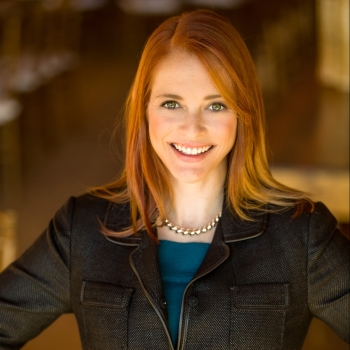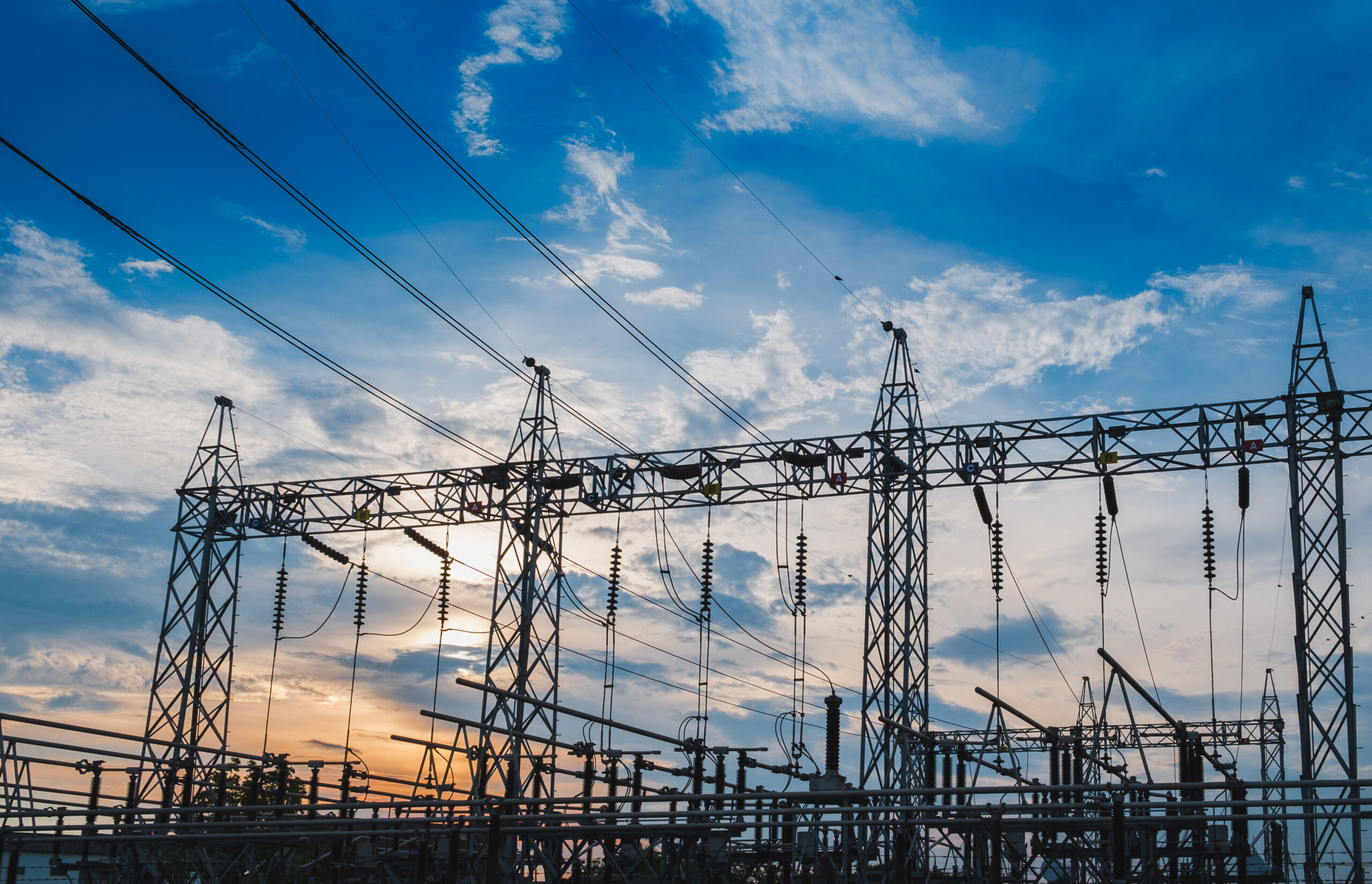
March 2024 Industry Report
Shifting Time: Evaluating the Impact of Daylight Saving Time with Energy Industry Commentary
Freedom Energy’s Meteorologist Mallory Brooke explores the historical context and contemporary debate surrounding Daylight Saving Time (DST), with industry commentary by Howard Plante regarding DST’s impact on the energy industry, and the nuanced relationship between DST and renewable energy generation.
Published: March 19, 2024
A Century-Long Debate: The Origins and Evolution of Daylight Saving Time
Perhaps the most chronic, cyclical debate is the existence of Daylight Saving Time. Typically, you hear about it most in the late winter as we “spring forward,” losing an hour of sleep. The change on the body is no different than shifting time zones while traveling, and contrary to belief, there is no effect on temperature or weather patterns. The shift in springing forward simply moves the daylight one hour later as opposed to adding an hour of daylight.
The implementation of Daylight Saving Time (DST) stems back to World War I, used as an energy-saving measure – it was one less hour in the evening when electric lights were used. Also known as “War Time,” it wasn’t very popular, and jurisdictions were allowed to choose what time – Standard or DST – they preferred after the war. As you can imagine, that led to quite a mess, as cities and towns in the same state were occasionally running at different times.
The change in time was again mandated in World War II, but it wasn’t until the Uniform Time Act of 1966 that our current system was established. However, Hawaii and Arizona, along with many U.S. Territories, do not observe DST.
While many argue we should not “spring forward” and “fall back,” those alive in the 1970s lived through the most recent year without clock changes. Referring back to the notion that DST was energy-saving, it was imposed year-round in 1973 during the global oil crisis. It lasted only that one year. The sunset timing was not the problem, but rather the sunrise that ultimately led to the return of switching in fall and spring (though now late winter, after a law in 2007 shifted the “spring forward” up three weeks).
For example, without falling back in the fall, Boston’s sunrise in the depths of winter wouldn’t be until 8:15 am. As you move farther west in a time zone, that time only gets later. It’s a problem for schools and children waiting for buses with class times starting between 7:30 and 8:30 am. In addition, without springing forward, sunrises in the summer would be closer to 4:00 am. For these reasons, permanent Standard or DST has never succeeded for more than a year.
Meteorological Impact and Forecasting Efficiency
Meteorologically, the only thing that changes is the time of day that we hit high or low temperatures. The physical temperature patterns or averages do not change, nor do the global weather patterns. Often time meteorologists are excited to “fall back” in November, as this means we receive our model data one hour earlier than before. When forecast times are finite, having an extra run of data can provide increased context to a forecast, especially during the winter storm season.
DST’s Complex Relationship with the Energy Industry and Renewable Energy
Transitioning to the perspective of Howard Plante on the impact of Daylight Saving Time (DST) on the energy industry, it’s evident that the relationship between DST and renewable energy generation, such as solar power, is complex. While DST was initially designed to save energy by reducing the need for electric lighting, its effect on solar energy production is less direct.
Plante explains, “DST can potentially align peak electricity demand with peak solar generation hours, particularly during the extended daylight hours of the evening. This alignment could allow solar energy systems to contribute more effectively to meeting peak demand. However, it’s important to recognize that solar panels generate electricity based on sunlight, not time. The shift in time due to DST doesn’t increase the total amount of sunlight available, only the timing of when it’s available.”
The overall benefit of DST to solar energy generation is limited. While it might slightly improve the alignment of solar energy production with peak demand, it doesn’t inherently increase the total amount of solar energy generated. Additionally, the impact of DST on solar energy generation can vary depending on geographic location and the specific characteristics of the electricity grid and demand patterns.
Plante concludes, “In the context of renewable energy, DST’s relevance is nuanced. While it may offer some benefits in terms of aligning energy demand with solar generation, its overall impact on solar energy production is constrained. As we continue to transition to renewable energy sources, it’s essential to consider these factors and evaluate the ongoing role of DST in our energy systems.”
Meet the Writers


Mallory Brooke
Certified Consulting Meteorologist
Nor’easter Weather Consulting
Mallory Brooke, Freedom Energy’s Meteorologist and Certified Consulting Meteorologist from Nor’easter Weather Consulting, contributes her expertise in forecasting winter trends.
Mallory Brooke, a Certified Consulting Meteorologist and Penn State graduate, began her career in Virginia before moving to Maine in 2011, where she specialized in ski area forecasting. She founded Nor’easter Weather Consulting in 2017 and has been the Official Meteorologist for the Audi FIS World Cup at Killington since 2016. Alongside her meteorological career, Mallory contributes to outdoor recreation media in Portland, ME, and holds an MBA with a concentration in Business Analytics from the University of Maine.

Howard Plante
Freedom Energy Logistics
Vice President of Procurement
Howard Plante is a seasoned professional in the energy industry with a comprehensive background in environmental and energy engineering. As Vice President of Procurement at Freedom Energy Logistics, he brings a wealth of experience in regulatory compliance, technical analysis, and strategic planning to his role, where he is dedicated to advocating for clients and advancing the company’s enterprise efforts on their behalf. Click here to read Howard’s full bio.










Connect With Us